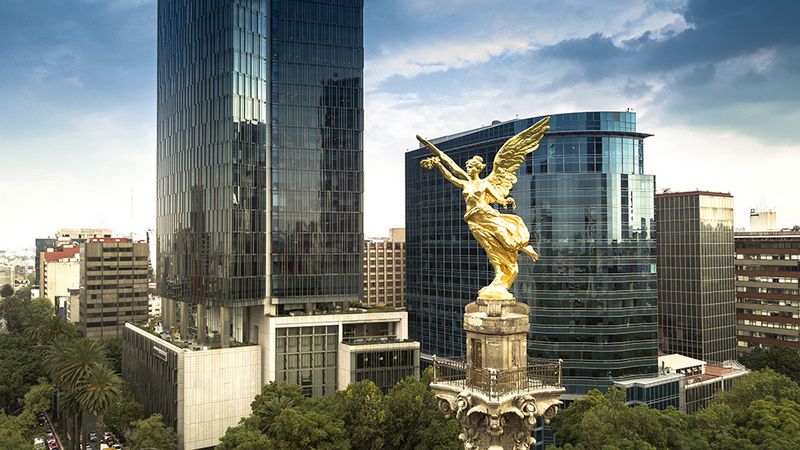Mexico is the latest topic of conversation in a series of LatAm investor webinars, hosted by IFR in association with Scotiabank. The webinar brought together a panel of capital market practitioners to discuss the challenges faced by investors in Mexico’s sovereign and corporate sector, and the potential opportunities it may present in 2023, in the context of an uncertain global economic landscape.
The session reviewed the sector’s performance over 2022 and touched on the emergence and growing importance of green and sustainable finance in the country. Joining the chair of the webinar, Keith Mullin of KM Capital Markets, were María del Carmen Bonilla, head of public debt and international affairs at the Mexican Ministry of Finance; Juan Fullaondo, head of Latin American DCM at Scotiabank; and Héctor Pérez, Scotiabank’s Managing Director and Head, Global Banking and Markets.
The United Mexican States, the second largest economy in Latin America and one of the top 15 in the world, sits on the doorstep of the world’s largest economy – the United States. Yet, despite its proximity to the global economic powerhouse to the north, Mexico’s economy has been a relative underperformer over the past 30 years.
World Bank figures point to an economy that has grown, on average, by just 2% per year between 1980 and 2018, and one that fell by 8.2% in 2020 during the Covid-19 pandemic.
An economic recovery is underway, driven by its openness to trade and stability in its macroeconomic infrastructure.
Mexico’s global trading position was enhanced in July 2020 when the United States-Mexico-Canada Agreement came into force. The country’s importance to the North American supply chain has been reinforced by the breakdown in manufacturing and distribution channels in Ukraine, following the Russian invasion, and China, as a result of that country’s zero-Covid policy and deteriorating political relations.
The clamour for outsourcing and offshoring has been replaced by onshoring and nearshoring as security of supply has risen in importance. Companies in Mexico’s northern states are adapting to the new paradigm and responding to demand from customers across the border and into Canada.
Growth remains uneven between the north and south, however, and Mexico’s 2022 budget looked to respond to the inequalities by instigating a series of major infrastructure projects. They stretch across the country and across different sectors, but increasing the standard of living and economic contribution of the population in the south is seen as one of the key drivers of sustainable economic expansion.
Investment requires capital and investors need stable financial markets. Despite the turmoil in international markets, rising inflation, and higher interest rates, Mexico’s domestic capital markets continue to provide ample liquidity – either through bank lending or via bond markets. Buoyant foreign direct investment has also ensured the peso has outperformed Latin American rivals over the last year.
ESG considerations in Mexico, as elsewhere in the world, are becoming increasingly important and the government is investing in its green infrastructure to help meet its commitments to nationally determined contributions under the Paris Agreement on climate change. The government is also contributing to the country’s sustainable finance sector by developing green curves and benchmarks against which corporates can better price their own funding exercises.
The webcast is free to view, on-demand. Access it here.
To see the digital version of this report, please click here
To purchase printed copies or a PDF of this report, please email leonie.welss@lseg.com

